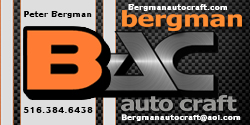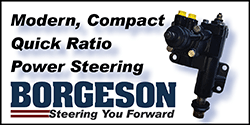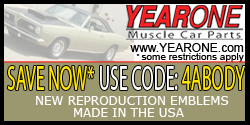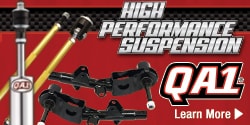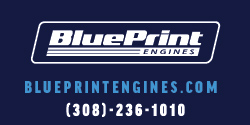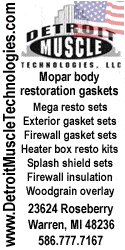KCBones
Well-Known Member
I've got a 1968 Dart GT which has some underside rust issues. The main issue I need to deal with first is a rust hole in the front left frame rail right at the shock tower. There's a little bracket there, I've attached a picture and circled it in red. On my car, the hole is right behind this bracket and the bracket is pretty much gone, rusted away. Does anyone know what this bracket is for or what it does?
I was hoping to repair the hole and possibly replace the bracket if I can find one. I think I'd rather find a frame rail, or at least the front section of a frame rail that includes this area.

I was hoping to repair the hole and possibly replace the bracket if I can find one. I think I'd rather find a frame rail, or at least the front section of a frame rail that includes this area.



